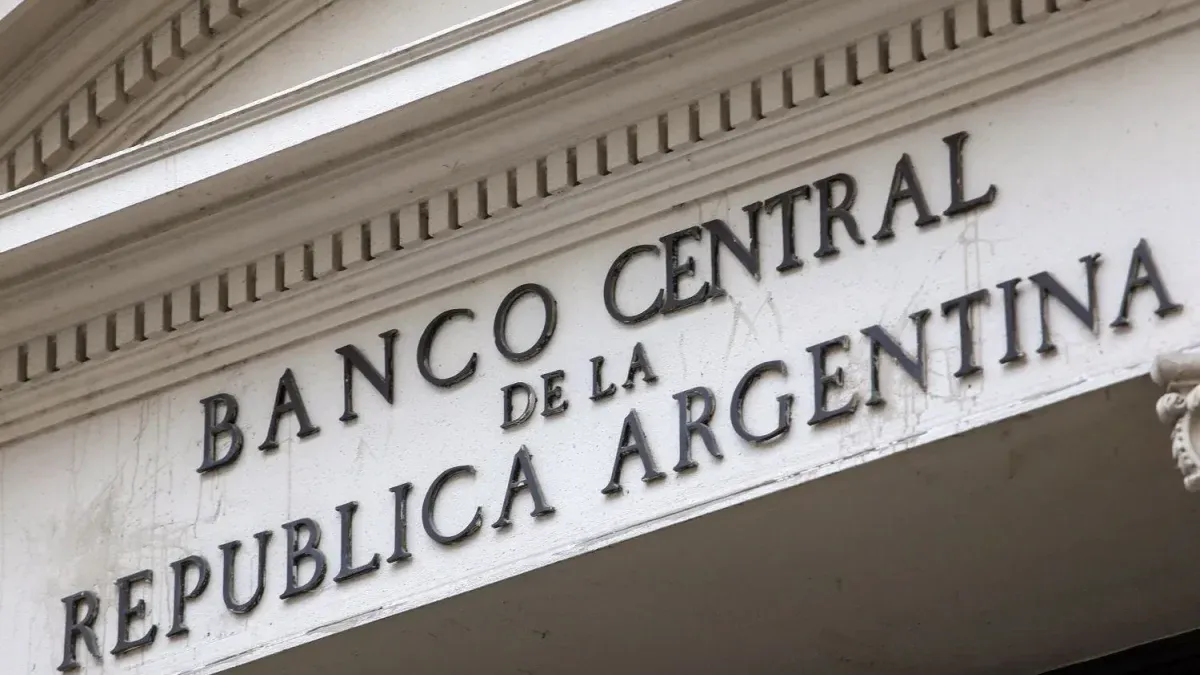The Government is going through negative financial days as a consequence of the doubts generated by the announcement of the Minister of Economy, Luis Caputoand the president of the Central Bank, Santiago Bausili, of a transfer of debt from the BCRA to the Treasury. The markets are expected to recover as the scenario becomes clearer. And one of the key elements to keep in mind is how much debt needs to be exchanged.
As analysts indicate, what was reported by The economic team, in reality, is more of the same of what was being done, but faster.
In this regard, it is estimated that, So far, through this process, some $20 billion have already passed from one State window to another. According to data from the Ministry of Finance, in April the Treasury’s debt in pesos grew by the equivalent of approximately US$23 billion as a result of this maneuver.
BCRA debt to the Treasury, a process that was already underway
In the market, they argue that the second stage of the stabilization plan had already begun, since More than half of the BCRA’s liabilities have already been replaced by Treasury Bills, in the assets of commercial banks.
Another $15 billion or so would be missing. A second stage to conceal the delay in lifting the restrictions, a process in which the path of a sequential exit that would allow for the ‘setting’ and anchoring of expectations in the productive sectors, is being considered in the city.
The point is that Doubts were raised in the market regarding the new monetary policy instrument that the government is going to give to the banks. These are the Monetary Regulation Letterswhich will have a floating coupon. With this, the Central Bank (BCRA) will manage the liquidity of the system.
Although three chambers representing the financial sector, the Association of Banks of Argentina (ABA-foreign), the Association of Argentine Banks (ADEBA-national) and the Association of Specialized Banking (ABE) They came out to support the announcement According to Caputo, the reality is that the executives who met on Monday morning in the building on Reconquista Street, They did not leave with a very clear picture.
The market is wary of new letters
Analysts consulted by Ambit They indicated that the idea of new bills issued by the Treasury, but guaranteed by the BCRAis to “hide” the creation of money generated by the interest on these securities. Since the yield is capitalized at the end of the bond term, accountingly it does not impact the accounts of the Public Sector. It increases the debt, but not the interest, so does not affect the fiscal surplus.
But economists like Roberto Cachanosky They argue that in the end, If the Treasury were unable to meet future debt maturities In pesos, the final result would be the same: the Central Bank will have to issue to assist the government.
It is even noted that if the money from the Regulatory Letters is from the Treasury, then in the future, in the event of a change of government, it is likely that those pesos will be used to finance the fiscal deficit.
Caputo and Santiago Bausili.png
Luis Caputo and Santiago Bausili made joint announcements.
In other words, by changing the issuer of the debt and the instrument, The measure aims to ensure that debt interest is not counted as money creationthereby forcing inflation to drop.
Fausto Spotornochief economist of the Orlando Ferreres Study Center, He pointed out that “the market expected something more”, that the announcement made by the Caputo-Bausili duo. “The announcement It’s not bad, but it’s very technical about a swap of the type of debt of the banks,” He explained in radio statements. He considered that “it was not clear” He announced and stated that “the situation does not change much.”
“It’s more, This gives more guarantees from what was being done, because the Monetary Regulation Letters will be guaranteed by the government’s own deposits in the Central Bank,” said Spotorno, who However, he acknowledged that “it is not clear whether it is a Central Bank risk or a Treasury risk.” For banks this is the central problem, because it affects the amount of government securities they can hold in their portfolios.
Source: Ambito




